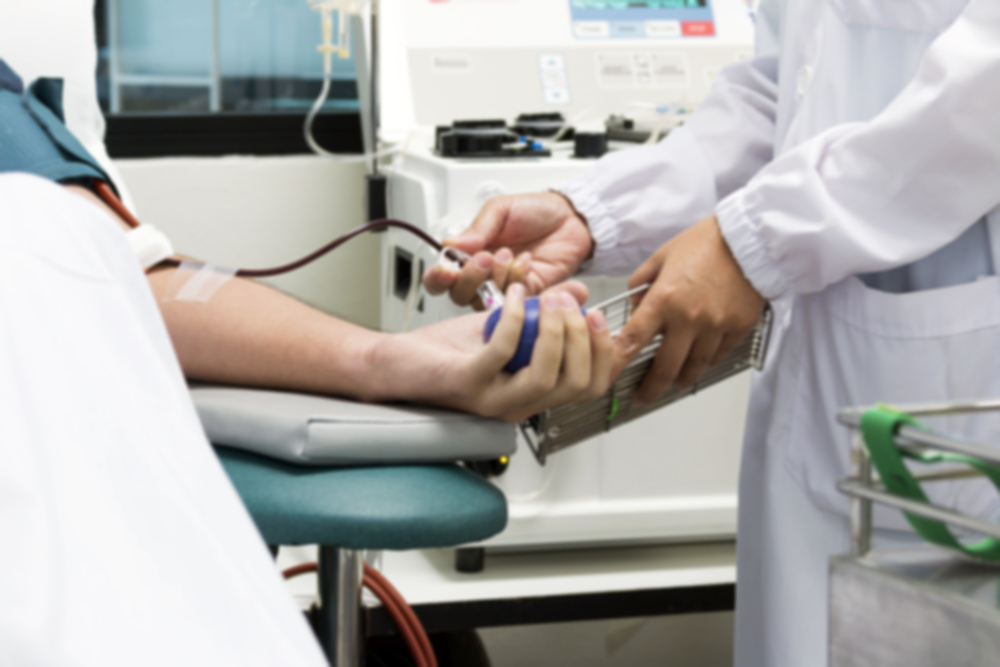Early Prevention for Hemophilia Bleeds may Prevent Antibody Development Later

A new study from Finland demonstrated that neutralizing antibodies (inhibitors) can develop in people with untreated hemophilia, and that early intensive prevention might prevent bleeding and inhibitor development.
The research report, titled “Inhibitor development in previously untreated patients with severe haemophilia A: a nationwide multicentre study in Finland,” was published in the journal Haemophilia.
Hemophilia’s two forms are caused by deficiencies in clotting proteins, factor VIII (FVIII) for hemophilia A and factor IX (FIX) for hemophilia B. The deficiencies cause bleeding, joint pain, bruises and swelling. Physicians treat hemophilia by infusing the missing clotting factors, but the treatment is not without problems. The body’s immune system can come to identify the infused clotting factors as foreign toxins, and may develop inhibitors–also called neutralizing antibodies–that inactivate the treatments.
The development of inhibitors is considered to be the most serious complication of hemophilia. According to the Hemophilia Federation of America, inhibitors develop in 30% of hemophilia patients at some point in their lives. Highest risk for developing inhibitors occurs within the first 50 days of initial treatment.
In the recent study, investigators sought to understand how frequently previously untreated individuals with hemophilia in Finland developed inhibitors after treatment began. They also wanted to find risk factors for inhibitor development.
The study included 62 patients with untreated hemophilia, all of whom had FVIII deficiency (hemophilia A). All subjects were born between June 1994 and May 2013; each were screened for at least 75 days following the initiation of clotting factor treatment. Overall, 74% had high risk genetic factors for inhibitor development.
Of the study subjects, 13 developed inhibitors, 10 of which had high levels of inhibitors. Permanent inhibitors were less likely to develop if the patients had primary propylaxis than if they had secondary prophylaxis. Primary means bleed prevention with clotting factor was started before the age of two, before a joint bleed ever occurred. Secondary referred to any other type of treatment.
Inhibitors developed in 18% of subjects with primary and in 36% of subjects with secondary prophylaxis.
Researchers concluded that preventing bleeds early may be a good treatment for preventing inhibitor development in people with severe untreated hemophilia A.






